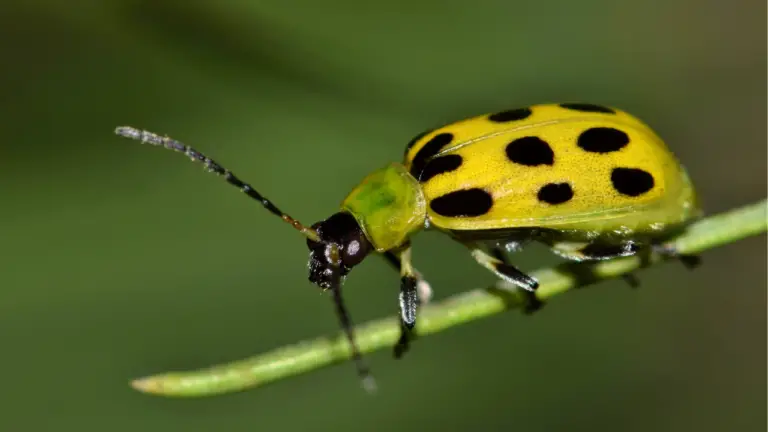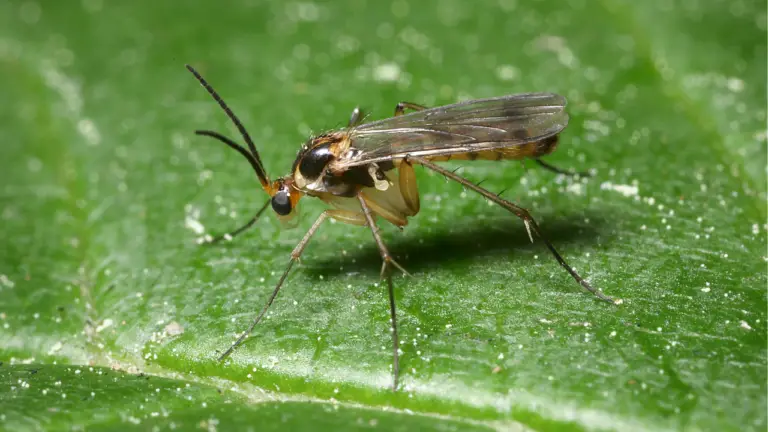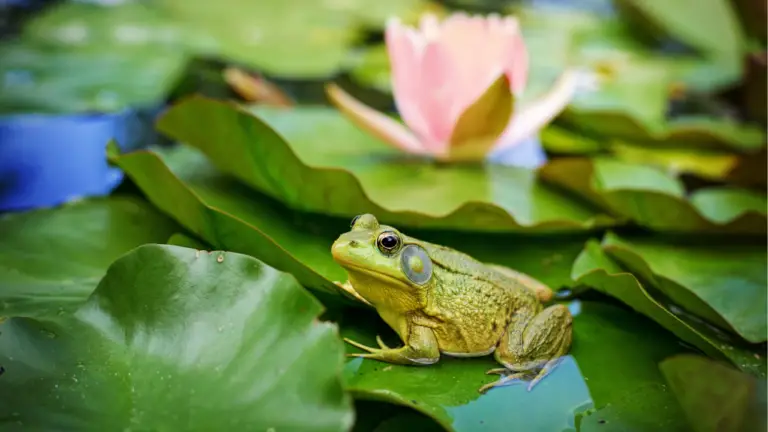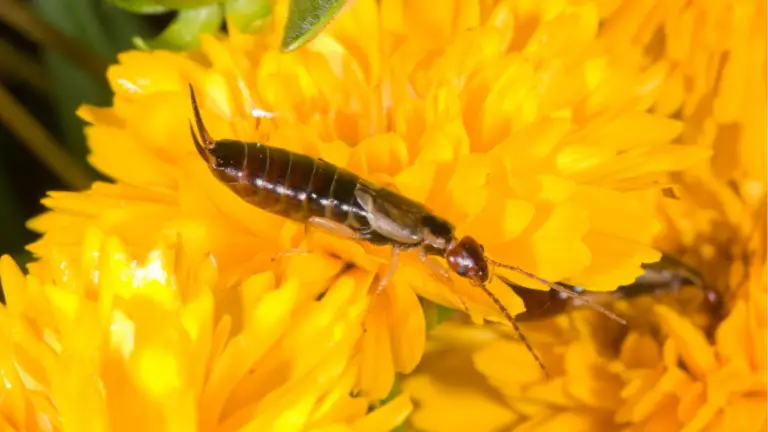How To Get Rid Of Thrips Naturally?
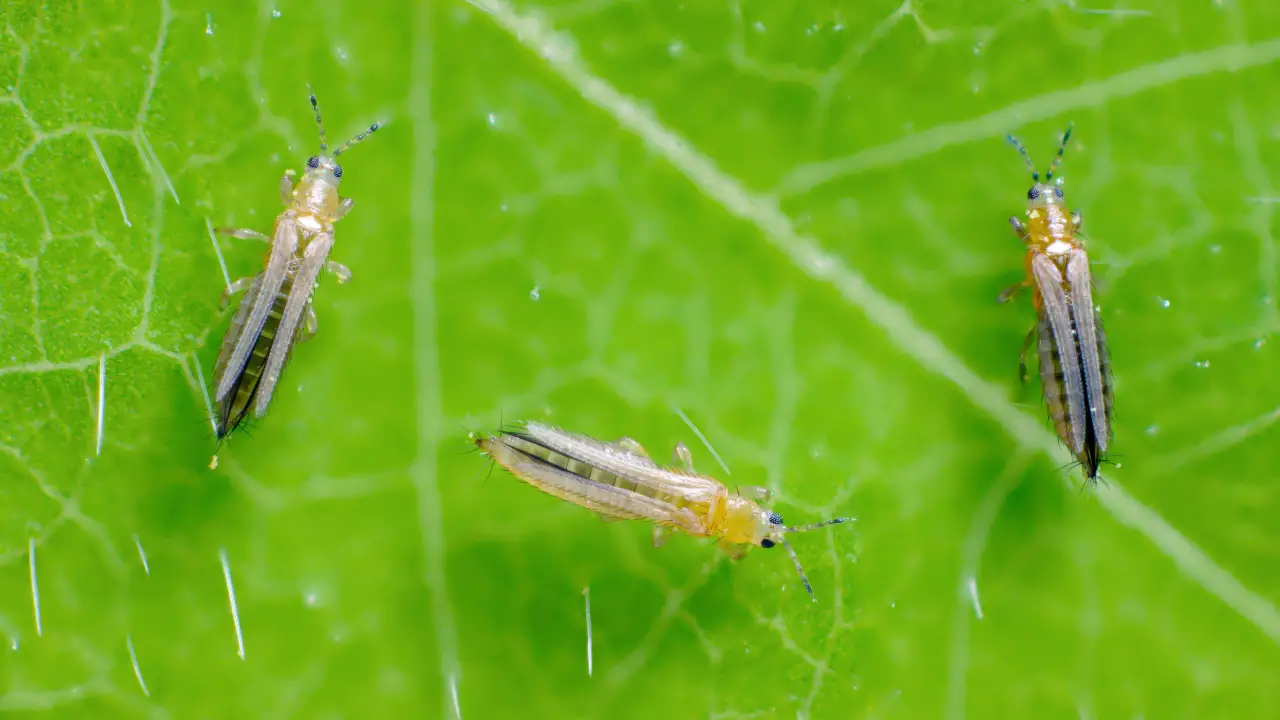
Thrips are tiny, slender insects that can wreak havoc on plants by sucking their juices, leading to discoloration, deformities, and even the death of the plants. These pests are particularly troublesome for gardeners and farmers, as they are difficult to spot and can quickly multiply. Controlling thrips is essential to maintaining healthy plants and bountiful harvests. This guide will explore natural methods to get rid of thrips, ensuring your plants stay vibrant and pest-free.
How to Get Rid of Thrips
1. Neem Oil
Neem oil is a potent natural insecticide derived from the neem tree. It disrupts the life cycle of thrips, reducing their ability to reproduce and feed on plants.
To use neem oil, mix it with water according to the product’s instructions and spray it directly onto the affected plants. Neem oil works by suffocating the thrips and inhibiting their growth and development. Regular applications every week or two can significantly reduce thrip populations.
2. Insecticidal Soap
Insecticidal soap is another effective natural solution for controlling thrips. It works by breaking down the protective outer layer of the insects, causing them to dehydrate and die.
To make insecticidal soap, combine mild liquid soap with water. Spray this mixture onto the plants, focusing on the undersides of leaves where thrips often hide. This method is particularly effective for young, soft-bodied thrips and can be used as often as needed without harming the plants.
3. Sticky Traps
Sticky traps are a non-toxic way to capture thrips. These traps use bright colors, usually yellow or blue, to attract the insects, which then get stuck on the adhesive surface.
Place sticky traps near the infested plants to catch adult thrips. These traps are especially useful for monitoring thrip populations and can help reduce their numbers by trapping a significant portion of the adult insects. Replace the traps regularly to maintain their effectiveness.
4. Beneficial Insects
Introducing beneficial insects such as ladybugs, lacewings, and predatory mites can naturally control thrip populations. These predators feed on thrips and can help keep their numbers in check.
To attract beneficial insects, plant a variety of flowers and herbs that provide nectar and pollen. You can also purchase these insects from garden supply stores and release them into your garden. Encouraging a diverse ecosystem will promote a natural balance and reduce the need for chemical interventions.
5. Diatomaceous Earth
Diatomaceous earth is a natural powder made from the fossilized remains of tiny aquatic organisms. It acts as a mechanical insecticide, causing damage to the exoskeletons of thrips, leading to their dehydration and death.
Sprinkle diatomaceous earth around the base of plants and on the soil surface. This barrier will deter thrips and other crawling insects from reaching your plants. Reapply after watering or rain to maintain its effectiveness.
6. Garlic Spray
Garlic has natural insect-repelling properties and can be used to make a homemade spray that deters thrips. The strong smell of garlic masks the scent of the plants, making them less attractive to pests.
To make garlic spray, blend garlic cloves with water and strain the mixture. Add a small amount of dish soap to help the spray adhere to the plants. Spray this solution onto your plants every few days, especially after rain, to keep thrips at bay.
7. Horticultural Oil
Horticultural oils, such as mineral oil or vegetable oil, can smother thrips and their eggs, preventing them from causing damage to plants. These oils create a protective coating on the leaves, reducing the ability of thrips to feed and lay eggs.
Mix horticultural oil with water according to the instructions and spray it on the affected plants. Ensure thorough coverage, especially on the undersides of leaves. Regular applications will help control thrip populations and protect your plants.
8. Companion Planting
Companion planting involves growing certain plants together to naturally repel pests. Some plants produce scents or chemicals that thrips find unappealing, making them an excellent addition to your garden.
Marigolds, basil, and chrysanthemums are known to repel thrips. Plant these around susceptible crops to create a natural barrier. Companion planting not only helps with pest control but also enhances the overall health and biodiversity of your garden.
9. Water Spray
A simple but effective method to reduce thrip populations is to spray plants with a strong jet of water. This dislodges the insects from the plants and can significantly reduce their numbers.
Use a garden hose with a nozzle attachment to spray the plants, focusing on the undersides of leaves where thrips tend to hide. Regularly spraying plants with water can help keep thrip populations under control and wash away other pests and debris.
10. Proper Sanitation
Maintaining good garden hygiene is crucial in preventing thrip infestations. Thrips often overwinter in plant debris and soil, emerging in the spring to infest new growth.
Remove dead leaves, weeds, and other plant debris from your garden regularly. This reduces the hiding places for thrips and other pests. Additionally, practice crop rotation and avoid planting susceptible crops in the same location year after year to break the life cycle of thrips.
By implementing these natural methods, you can effectively manage thrip populations and protect your plants from damage. Regular monitoring and a combination of these techniques will ensure a healthy, thriving garden free from thrips.

